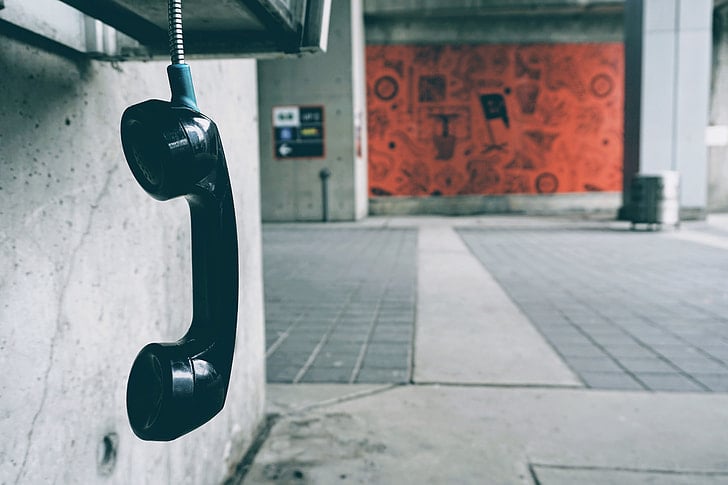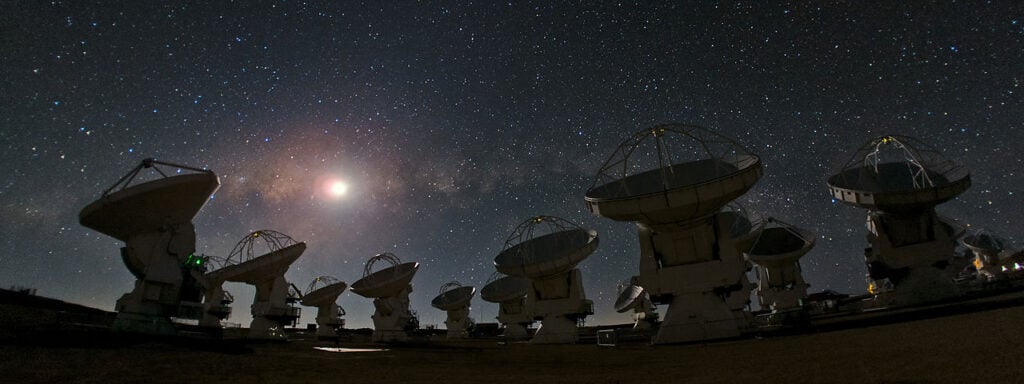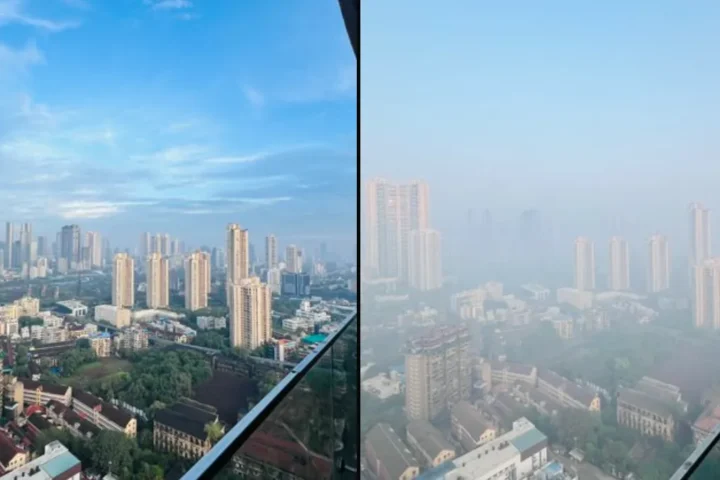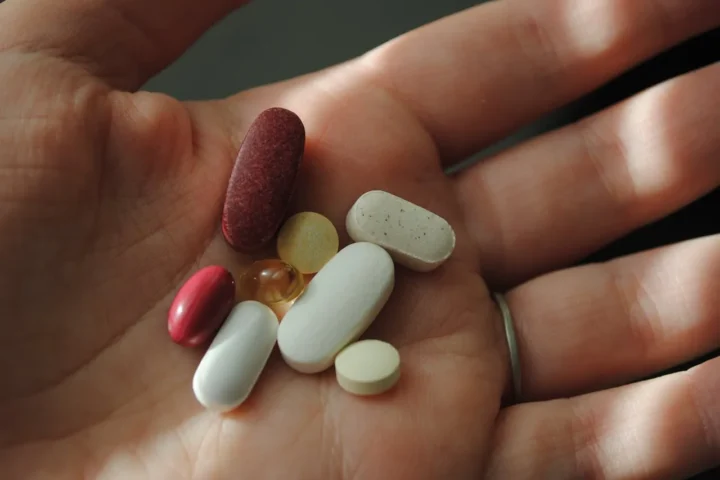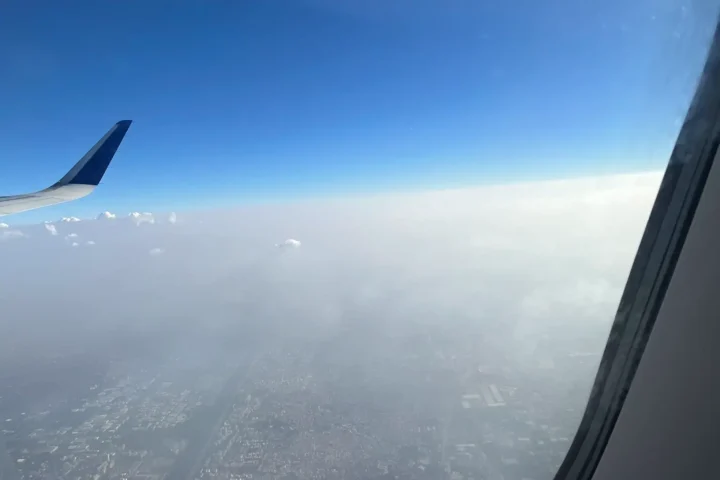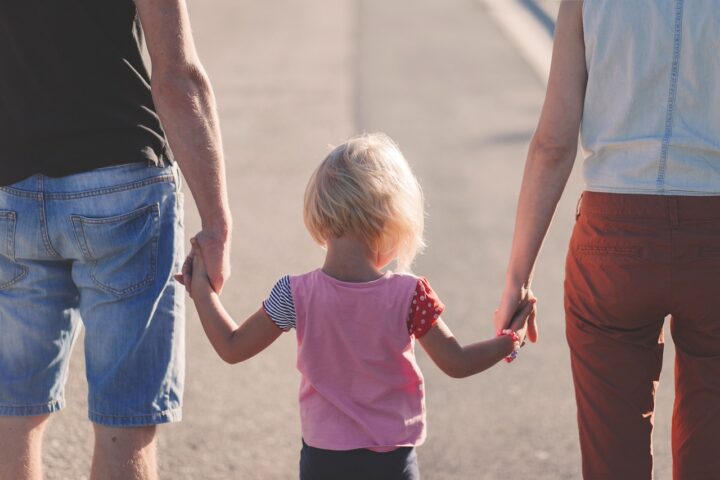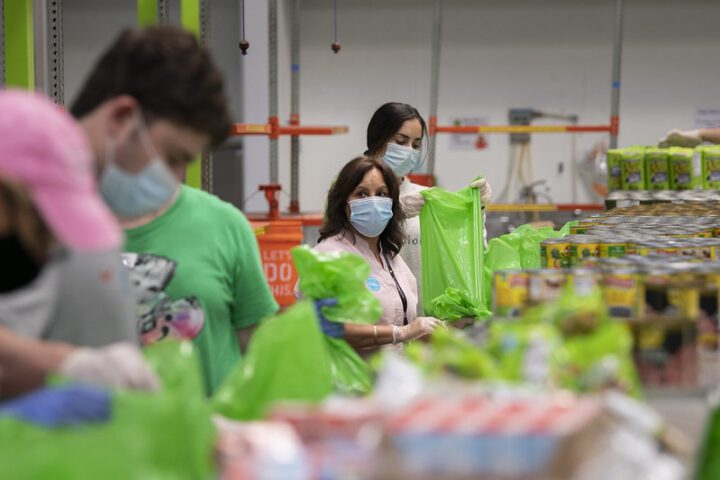Three years after its launch, the 988 Suicide & Crisis Lifeline has handled over 16 million contacts, yet new research shows significant regional and personal differences in who uses this potentially life-saving service.
The 988 hotline, launched in July 2022, was designed to be an easy-to-remember number—like 911, but for mental health emergencies. Despite receiving millions of calls, texts, and chats, recent studies reveal that usage remains lower than expected compared to emergency room visits for mental health crises.
“We were surprised to see that the rate of emergency room use for mental health crises was about twice the rate of 988 use,” said Jonathan Purtle, associate professor at NYU School of Global Public Health, who led the research published in JAMA Network Open.
The research found just 1.6% of the US population used 988 in the past year. The usage rate of 23.7 contacts per 1,000 people is less than half the rate of mental health-related emergency department visits (53 per 1,000).
Geographic differences are striking. Western and northeastern states show higher usage rates than southern states. For example, Vermont had nearly triple the contact rate compared to Alabama (4.02 versus 1.44 contacts per 100 residents).
Political divides also appear to influence usage patterns. Republicans are more likely to turn to family and friends during a crisis rather than call 988, while Democrats show more openness to using the service.
The most significant barrier may be simple awareness. A Pew Charitable Trusts survey found only 13% of adults knew about 988 and its purpose nine months after launch. Even when informed about the service, about 40% of people expressed concerns about potential negative consequences of calling, including fears about law enforcement involvement, forced hospitalization, unexpected charges, or privacy concerns.
Similar Posts
Five distinct help-seeking groups emerged from the research:
- Those unlikely to seek help from any source
- People with high distress who avoid 988 but turn to friends and family
- Those willing to seek help from all available sources
- People who use most resources except religious networks
- Those with low distress who are indifferent about help sources
Communication methods are changing too. While calls make up 70% of contacts, text messages have seen the biggest growth—increasing more than 11-fold since launch, compared to just a two-fold increase for calls.
Despite challenges, the service appears effective when used. Studies show most 988 Lifeline callers report feeling less suicidal, less depressed, less overwhelmed, and more hopeful after speaking with a counselor.
Recent policy changes may affect future usage. The Federal Communications Commission has adopted rules requiring georouting for all wireless calls to 988, meaning calls will be directed to local crisis centers based on the caller’s location rather than phone area code. However, the planned removal of the specialized “Press 3” option for LGBTQ+ youth in July 2025 has sparked concerns that vulnerable populations may be less likely to use the service.

As mental health advocates push for increased awareness and funding, experts emphasize that 988’s success hinges on people knowing it exists, trusting it will help, and feeling comfortable reaching out during their darkest moments.
If you or someone you know is in crisis, call or text 988 to connect with trained mental health counselors, available 24/7, free and confidential. Learn more about suicide awareness efforts across the country.
Frequently Asked Questions
What is the 988 Crisis Lifeline and how does it work?
The 988 Suicide & Crisis Lifeline is a nationwide service that provides free, 24/7 support for people experiencing mental health crises. By dialing, texting, or chatting with 988, you’re connected to trained counselors through a network of over 200 local crisis centers. Counselors provide emotional support, crisis intervention, and can connect callers to local resources. The service is confidential and available throughout the United States.
How many people actually use the 988 Crisis Lifeline?
While the 988 Crisis Lifeline has received over 16 million contacts in its first three years, only about 1.6% of Americans use it annually. This is significantly less than the rate of emergency room visits for mental health crises, which is approximately twice as high. Despite the service’s availability, research shows that 87% of American adults are unaware of what 988 is for.
Will police be sent to my house if I call 988?
This is a common concern, but the reality is that fewer than 2% of 988 calls result in emergency services being dispatched. The vast majority of crises are de-escalated over the phone without any in-person response. The 988 Lifeline’s focus is on providing immediate emotional support and connecting people to resources, not on sending emergency services. However, if there’s an immediate danger to life, counselors may need to involve emergency services.
Is the 988 Crisis Lifeline actually effective?
Yes. Research shows that most people who contact the 988 Lifeline report feeling less suicidal, less depressed, less overwhelmed, and more hopeful after speaking with a counselor. The service has been independently evaluated, and studies confirm its effectiveness in providing immediate crisis intervention. However, its overall impact is limited by low public awareness and usage rates.
Are there special services for specific groups like veterans or LGBTQ+ individuals?
Yes, the 988 Lifeline offers specialized services. Veterans can press “1” after dialing to connect directly to the Veterans Crisis Line. Spanish speakers can press “2” for Spanish-language support. Currently, LGBTQ+ youth can press “3” to reach counselors specifically trained in supporting LGBTQ+ individuals, though this option is scheduled for removal in July 2025. Additionally, text support is available by texting “PRIDE” to 988 for LGBTQ+ services.
Does it cost anything to use the 988 Crisis Lifeline?
No, the 988 Lifeline is completely free to use. There are no charges for calling, texting, or chatting with the service. You won’t receive a bill, and the service doesn’t require insurance. About 40% of people worry about potential costs, but this is an unfounded concern. The service is funded through federal, state, and local sources to ensure it remains free and accessible to everyone who needs support.
